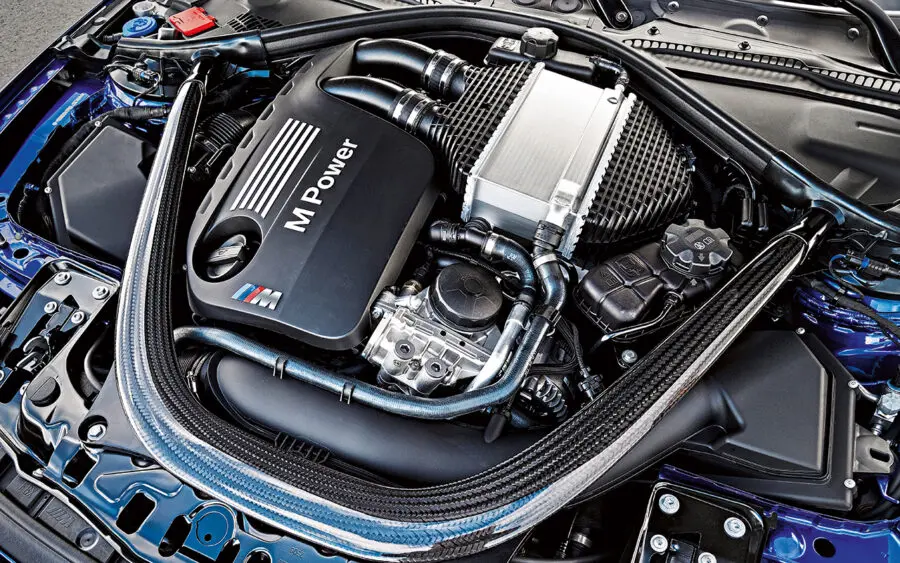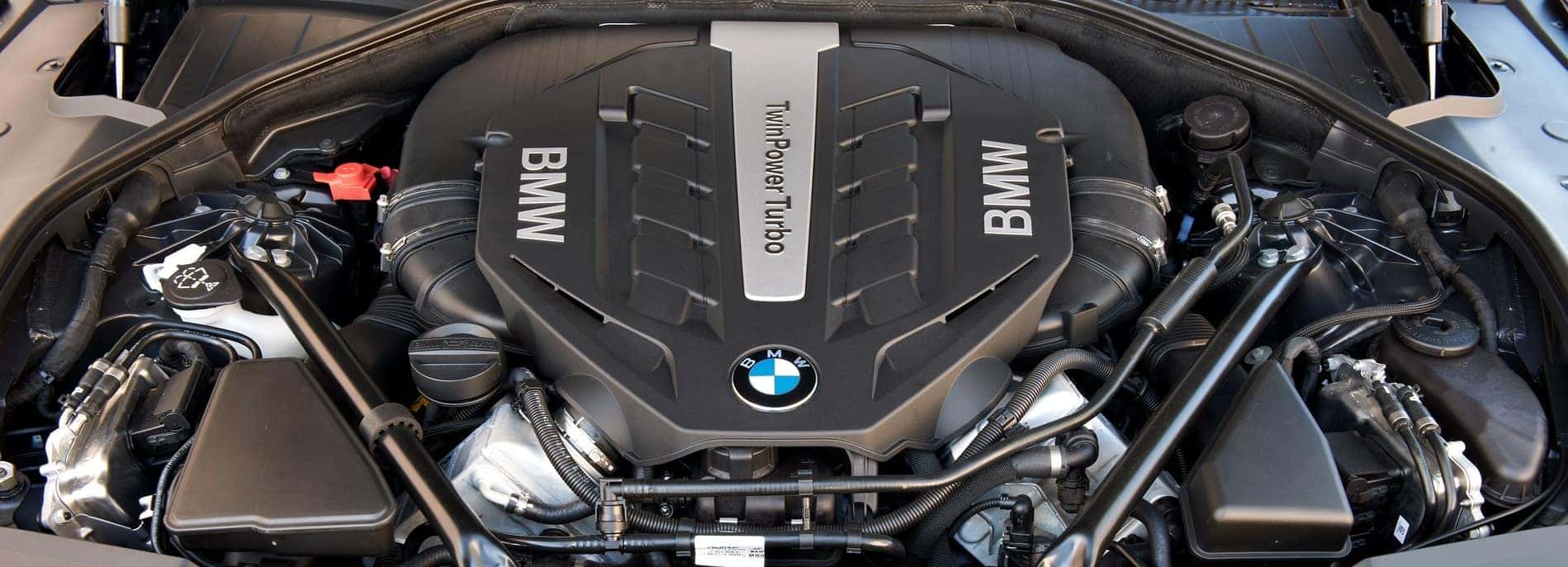A Comprehensive Overview to Recognizing BMW Engine Specs
A Comprehensive Overview to Recognizing BMW Engine Specs
Blog Article
Exploring the Evolution of Combustion Engines in Modern Transportation Solutions
As we navigate the landscape of contemporary transport, the development of burning engines stands as a testimony to human ingenuity and engineering expertise. From their simple starts to the innovative giants driving lorries today, burning engines have actually gone through an exceptional trip of technology and adjustment. Recognizing the details of this advancement not just clarifies the past however likewise paves the way for envisioning what exists in advance in the realm of transportation technology. The interaction of background, innovation, and environmental issues in shaping the trajectory of burning engines develops a story that is both insightful and engaging.
Early Beginnings of Combustion Engines
How did the principle of combustion engines very first emerge in the early stages of transport growth? When the principles of inner combustion were initial discovered, the origins of burning engines can be mapped back to the 17th century. In 1673, Christian Huygens conceptualized a fundamental inner burning engine that utilized gunpowder to create power. However, it wasn't up until the late 19th century that functional applications of combustion engines in transport began to emerge.
The breakthrough moment featured the invention of the very first effective gasoline-powered engine by Karl Benz in 1885 - bmw engine. This engine led the way for the advancement of the modern-day automobile, reinventing transport systems worldwide. Succeeding developments by Nikolaus Otto and Gottlieb Daimler additionally improved burning engine technology, resulting in the automation of autos and the rapid growth of the transportation market
These very early combustion engines were defined by their simplicity and effectiveness, laying the foundation for the complex and powerful engines used in modern transport systems. The advancement of burning engines has actually been crucial in forming the method we travel and carry products, marking a significant milestone in the background of transport growth.
Shift to Internal Combustion Modern Technology
The change to interior combustion technology noted an essential shift in the evolution of transport systems. This change began in the late 19th century, with inventors like Nikolaus Otto and Gottlieb Daimler creating the very first successful internal burning engines. These engines transformed transportation by supplying an extra effective and powerful alternative to vapor engines and electrical motors.
One of the vital benefits of interior combustion engines was their capacity to be reduced to suit cars, bring about the growth of vehicles and motorcycles. This change from large, stationary engines to portable, mobile ones paved the way for the modern-day transportation systems we see today.
The shift to internal combustion modern technology also spurred innovations in fuel innovation, leading to the growth of gasoline and diesel as key fuel sources for lorries. This shift not just made transportation a lot more accessible to the masses however additionally laid the structure for the oil and gas sector to end up being indispensable to global economic climates.
Influence of Combustion Engines on Transportation
The fostering of combustion engines in transportation systems militarized an extensive shift in the effectiveness and rate of international mobility. Combustion engines changed you could check here transport by offering a flexible and trustworthy resource of power for various cars, consisting of autos, trucks, planes, and ships. This technology significantly enhanced the capacity for products and people to conform long distances in shorter timespan, causing raised connection in between areas and countries.
Moreover, the prevalent use burning engines has had a significant effect on economic development. The ability to transfer goods efficiently has stimulated profession and business, enabling companies to broaden their markets and reach customers worldwide. This has actually assisted in financial growth and globalization, as products can currently be moved quicker and in larger quantities than ever before.
Nonetheless, the ecological effect of combustion engines can not be overlooked. The burning of fossil gas has led to air contamination and greenhouse gas discharges, contributing to environment modification and positioning health threats to populations. bmw engine. Therefore, there is an expanding focus on developing different propulsion modern technologies helpful resources to reduce these negative results and produce a more lasting future for transportation
Innovations in Burning Engine Style
Numerous improvements in combustion engine layout have propelled the advancement of transportation systems over the years. One noteworthy innovation is the advancement of turbocharged engines, which use exhaust gases to drive a wind turbine browse this site that compresses inbound air, enabling more gas to be charred, causing enhanced power result without a considerable rise in engine size. Furthermore, straight injection modern technology has enhanced gas efficiency and efficiency by specifically managing the quantity and timing of gas injected right into the burning chamber. Variable valve timing systems have additionally revolutionized engine style by enhancing air flow at various engine rates, enhancing both power and performance. Another substantial improvement is the combination of lightweight materials such as carbon fiber and aluminum alloys, lowering overall engine weight and enhancing automobile gas economy. Improvements in computer-aided layout have actually made it possible for engineers to maximize engine performance and efficiency through simulations before physical prototypes are built, saving time and resources in the development process. These technologies jointly add to the constant enhancement of burning engines in contemporary transportation systems.
Future Trends in Burning Engine Growth
With innovation advancements driving constant innovation, the future of combustion engine growth is poised to reinvent transport systems worldwide. One of the vital trends in burning engine growth is the push in the direction of better effectiveness and lowered emissions.
One more noticeable trend is the adoption of hybrid modern technologies in combustion engines. Hybrid engines incorporate traditional burning modern technology with electric power, using boosted gas efficiency and lower discharges. As the auto industry shifts in the direction of electrification, crossbreed burning engines are seen as a transitional option that links the void between conventional cars and completely electrical ones.
In addition, the integration of smart innovations, such as man-made knowledge and information analytics, is anticipated to play a considerable duty in the future of burning engine growth. These technologies can optimize engine performance in real-time, resulting in much more reliable combustion processes and boosted overall car performance. Welcoming these future trends will certainly not just drive development in burning engine development yet additionally contribute to an extra ecologically friendly and sustainable transport ecological community.

Final Thought
In verdict, the development of combustion engines in modern transport systems has actually been marked by substantial developments in technology and layout. From the very early beginnings of burning engines to the shift to internal burning innovation, these engines have had an extensive effect on transportation.
The origins of combustion engines can be mapped back to the 17th century when the principles of internal burning were first discovered. These engines reinvented transportation by supplying a much more powerful and reliable option to vapor engines and electric motors.

Report this page